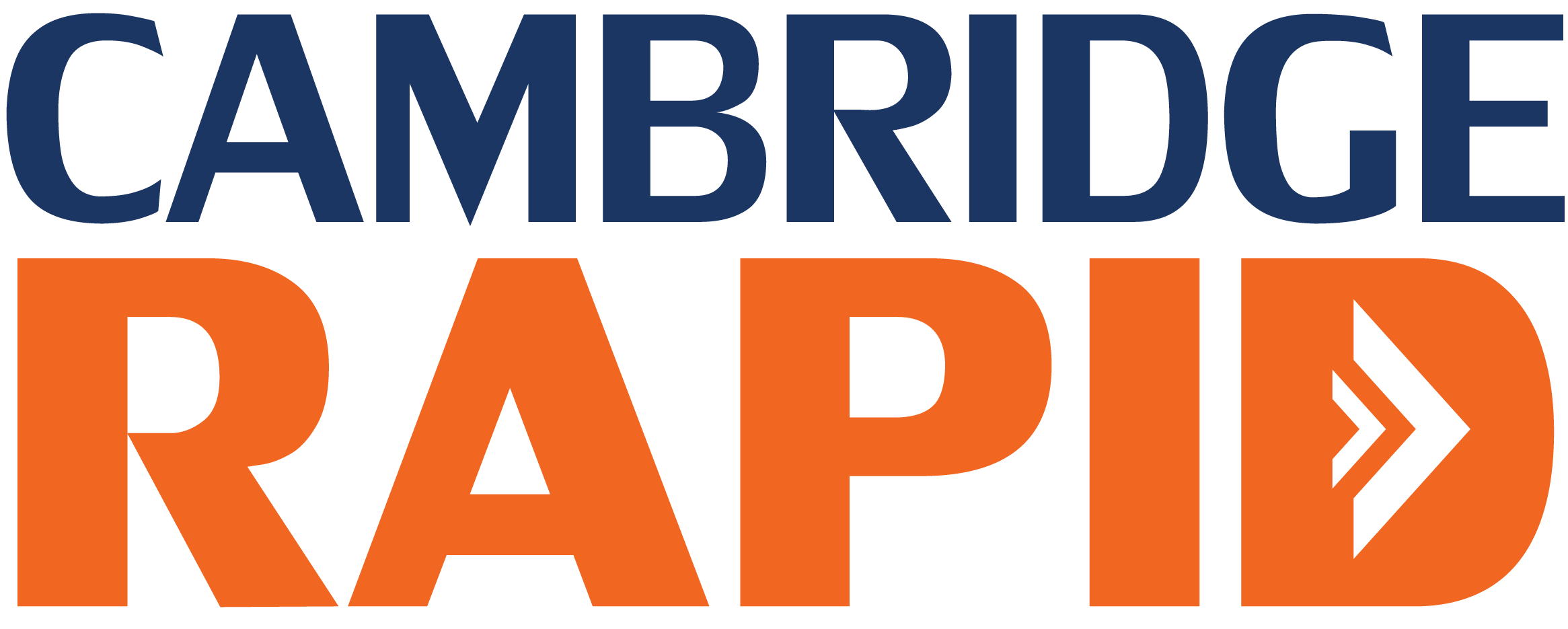
Lasercutting
Laser cutting is a slitting process with which raw materials of different material thicknesses may be cut. When a laser beam hits the workpiece, the material heats up to the extent that it melts or vapourises. In this process, the whole laser power is concentrated on one point, with a diameter which is usually less than half a millimetre. If more heat is introduced into this area than can dissipate through heat conduction, the laser beam will penetrate the material entirely and the cutting process begins.
While other processes involve applying large-scale tools with enormous power to the sheet metal, the laser beam completes its task without any contact. In this way, no deformities of damage to the workpiece occur.
As the laser beam only heats up material locally, the rest of the workpiece is subject to minimal thermal stresses if any at all. Intricate shapes can be cut smoothly, at speed and free from burrs.
Cambridge Rapid invested in a Trulaser 1030 in 2019. The Trulaser is a very economical machine with low operating costs and a high level of productivity. Many components can be cut using compressed air which also keeps the running costs down and the benefits are passed on to our customers. The machine works in a very resource saving way and has a pallet changer, so the machine stays running for longer.
The laser is programmed offline using software that allows minimal material wastage and maximum productivity with the nesting of materials of the same thickness.
The laser is suitable for one offs to full production batches of a 1000 or more.

We Laser Etch Too!
The Trulaser will also laser etch jobs at the same time as cutting them which reduces the need for expensive secondary operations. From large logos to small text, it copes with them all and provides a permanent marking solution.
